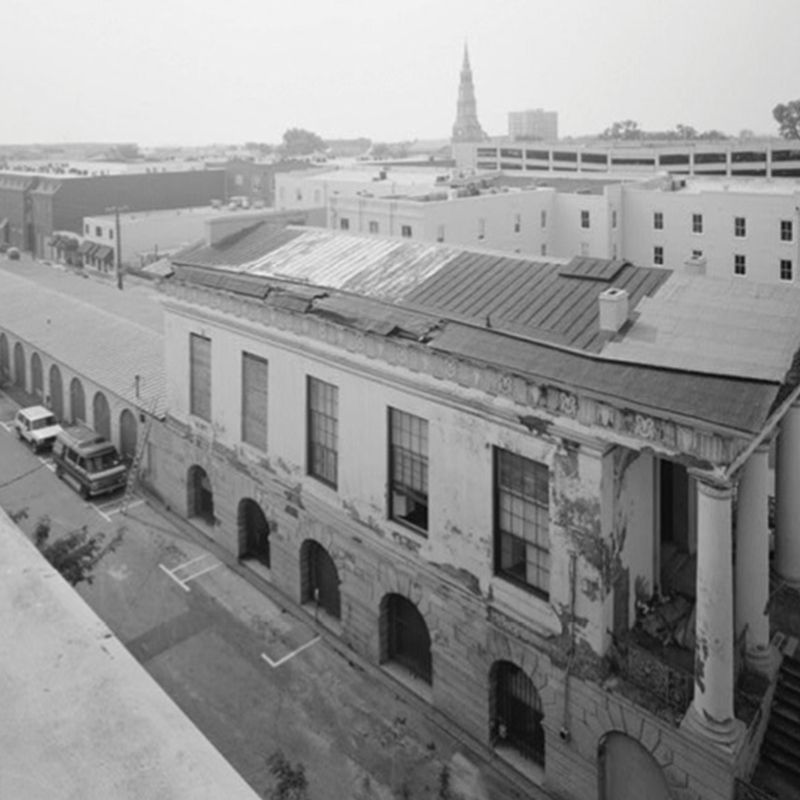
On March 29, 1788, one of our oldest public institutions had its inception. That’s when Charles Cotesworth Pinckney and five of his neighbors ceded land along a canal off East Bay Street to the city. As an act of benevolence, they wanted to create a public market running from the Cooper River to Meeting Street.
What was once marsh was filled, other markets closed, and some structures were built, but the land reverted to the original owners in 1793 after the site instead was used to house refugees from a slave uprising in Haiti.
Ever generous, the donors deeded their land back to the city in 1804; and since then, the market has run through Charleston’s heart and history. Here, enslaved people and free mingled. African and indigenous ingredients that were sold at the stalls gave rise to our cuisine. And disasters in many guises were withstood: a fire in 1838 destroyed it all, and a century later, tornadoes ripped through.
When the city was poor, the Market was a seedy industrial and red-light district, where buzzards ruled (and cleaned) the streets. But when tourism revived the economy, it became a destination for visitors. It’s a story of founding fathers and landfill, benevolence and cruelty, rebounding from disaster to keep out the sea, and preserving what many other cities destroyed, while trying to maintain a balance between citizens and tourists. So much of our history has been witnessed here that a T-shirt or Rainbow Row key ring may not be necessary. Acknowledging the story of the Market as the story of our city just might be the best souvenir.